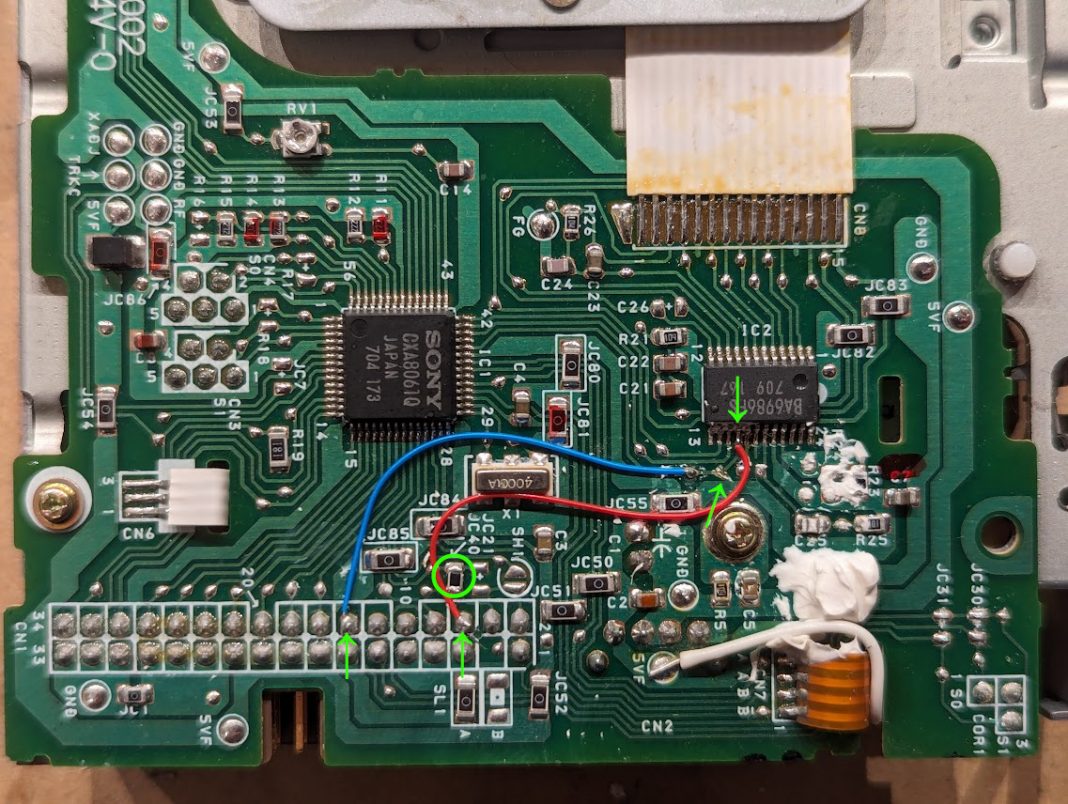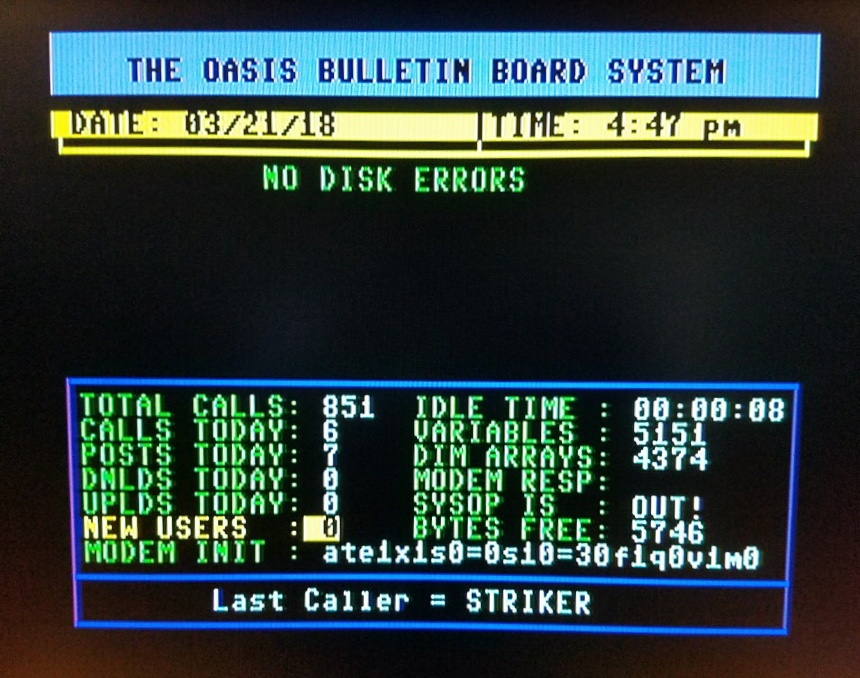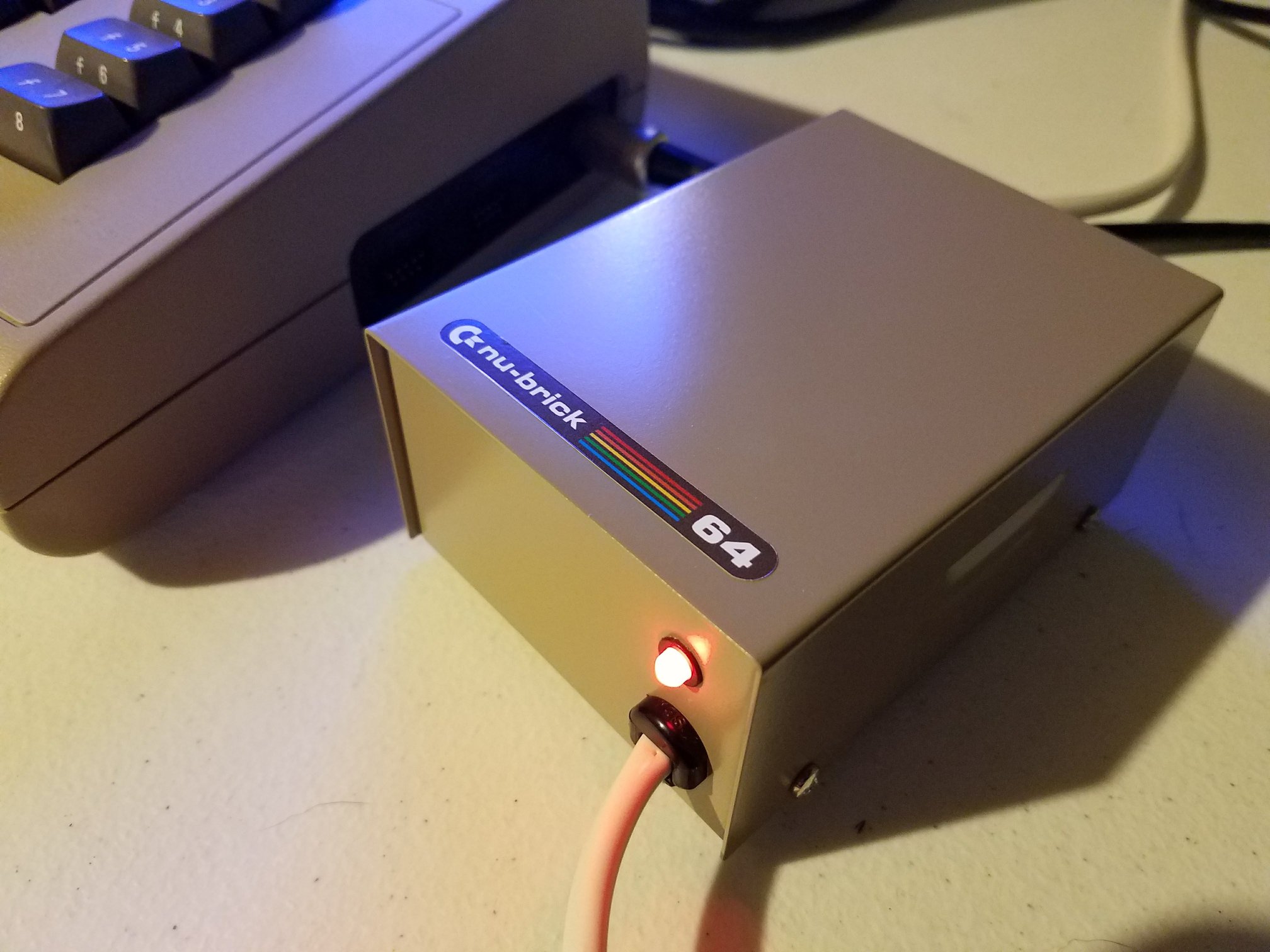The Amiga HDDLW project focuses on converting standard PC floppy drives into high-density drives compatible with late-model Amiga computers. This upgrade allows the Amiga to read and write high-density floppies, often referred to as 1.44MB disks, though the Amiga can actually store up to 1.76MB by using four extra sectors per track.
Why Standard Floppy Drives Don’t Work
Amiga computers rely on the Paula custom chip to control floppy drives. Paula supports only the slower bit rate used by double-density disks. To read high-density disks without modifying Paula, Commodore engineers developed custom floppy drives that automatically spin the disk at half speed when a high-density disk is inserted. This solution enabled high-density support without costly changes to the system’s core hardware.
Third-Party High-Density Solutions
In the 1990s, several third-party vendors introduced Amiga-compatible high-density floppy drives. One notable design was AMTRADE’s “The Real HD-Drive” A357. It uses either a Sony MPF920-E or TEAC FD-235HF drive—both widely available—and a small adapter board featuring a 16V8 PAL chip. This board handles the timing adjustments required to read and write high-density disks reliably.
Reverse Engineering and the HDDLW
Inspired by the A357 design, the Amiga HDDLW project investigates how these drives function. By reverse engineering the A357, it became possible to replicate its functionality using modern, available components. While the original PAL chip is locked, the replica successfully reproduces the necessary behavior to allow Amiga computers to work with high-density disks. The project thus enables hobbyists and collectors to upgrade their systems without needing rare or expensive hardware.
Compatible Drives and Installation
The HDDLW modification works with common floppy drives such as the Sony MPF920-E and TEAC FD-235HF. Installation involves adding the adapter circuit, connecting the drive to the Amiga, and ensuring the system detects high-density floppies correctly. Once installed, the upgraded drive can seamlessly read and write Amiga-compatible high-density disks, offering expanded storage and increased flexibility for vintage computing projects.
Benefits of the HDDLW Upgrade
By converting a standard PC floppy drive into a high-density Amiga drive, users gain access to larger disks while maintaining compatibility with existing software. The HDDLW is a practical alternative to sourcing original, rare Amiga HD drives. It also provides an affordable solution for enthusiasts seeking to preserve their systems or experiment with high-density storage.
The Amiga HDDLW project demonstrates how creative engineering and reverse engineering can extend the life of vintage hardware, bridging the gap between original designs and modern components. For Amiga users, it provides a reliable, cost-effective method to achieve high-density disk support.








